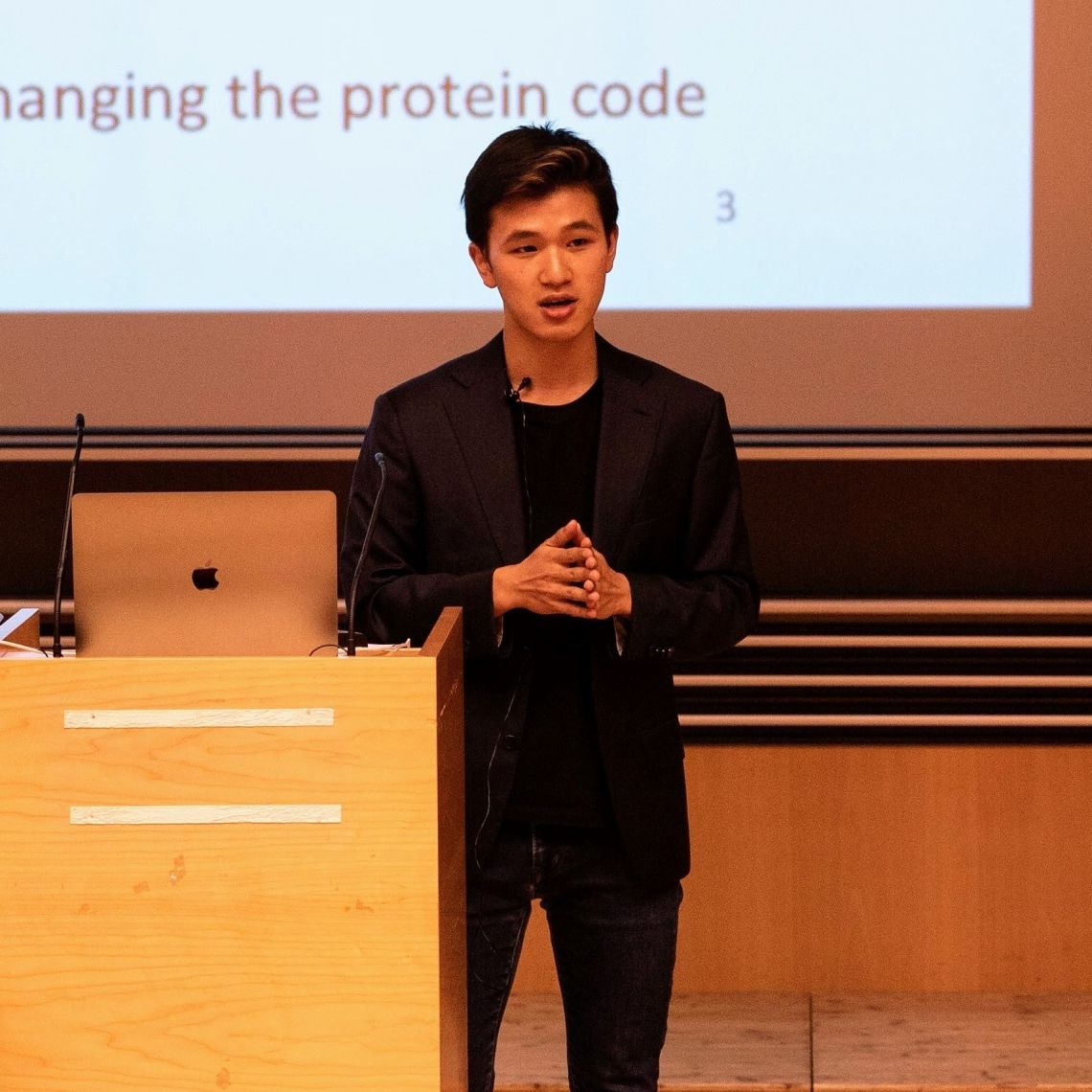Jonathan H Chan
MBiochem
DPhil Student
Refining individual risk prediction for hypertrophic cardiomyopathy
Integrating rare and common genetic variants to identify those at risk of HCM
Hypertrophic cardiomyopathy (HCM) is the most common inherited heart disease, occurring in approximately 1 in 200 adults1. It is characterised by abnormal hypertrophy of the left ventricle and while the majority of patients have benign symptoms, it is also a prevalent cause of sudden cardiac death. This is especially the case in young adults2,3. Historically, it has been shown that rare Mendelian variants in genes encoding sarcomeric proteins as MYH7 (encoding β myosin heavy chain) and MYPBC3 (encoding myosin binding protein C) cause HCM4. Even among families with carriers of such variants however, there is strong heterogeneity in the disease, as observed by both incomplete penetrance and variable expressivity4–6. This suggests the role of other genetic factors at play and recent work has shown that common genetic variants can explain some of this missing heritability and phenotypic variation6–8.
My current line of research focuses on integrating these two genetic components to predict who in the population is most at risk of HCM.
References:
1. Martinez, H. R., Beasley, G. S., Miller, N., Goldberg, J. F. & Jefferies, J. L. Clinical Insights Into Heritable Cardiomyopathies. Front. Genet. 12, 1–16 (2021).
2. Marian, A. J. & Braunwald, E. Hypertrophic cardiomyopathy: Genetics, pathogenesis, clinical manifestations, diagnosis, and therapy. Circ. Res. 121, 749–770 (2017).
3. Maron, B. J., Rowin, E. J. & Maron, M. S. Hypertrophic Cardiomyopathy: New Concepts and Therapies. Annu. Rev. Med. 73, 363–375 (2022).
4. Watkins, H., Ashrafian, H. & Redwood, C. Inherited Cardiomyopathies. N. Engl. J. Med. 364, 1643–1656 (2011).
5. Mosqueira, D., Smith, J. G. W., Bhagwan, J. R. & Denning, C. Modeling Hypertrophic Cardiomyopathy: Mechanistic Insights and Pharmacological Intervention. Trends Mol. Med. 25, 775–790 (2019).
6. Walsh, R., Offerhaus, J. A., Tadros, R. & Bezzina, C. R. Minor hypertrophic cardiomyopathy genes, major insights into the genetics of cardiomyopathies. Nat. Rev. Cardiol. 19, 151–167 (2022).
7. Harper, A. R. et al. Common genetic variants and modifiable risk factors underpin hypertrophic cardiomyopathy susceptibility and expressivity. Nat. Genet. 53, 135–142 (2021).
8. Tadros, R. et al. Shared genetic pathways contribute to risk of hypertrophic and dilated cardiomyopathies with opposite directions of effect. Nat. Genet. 53, 128–134 (2021).



